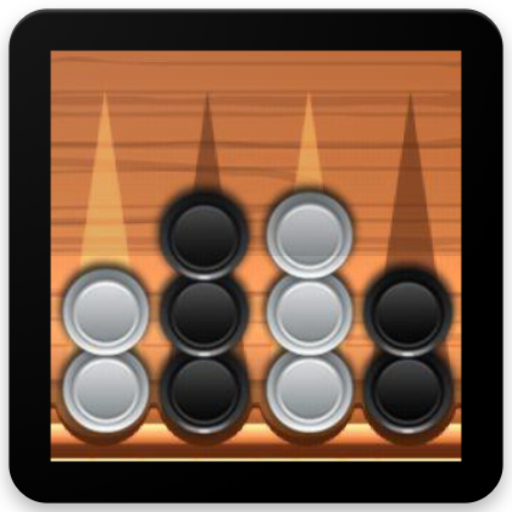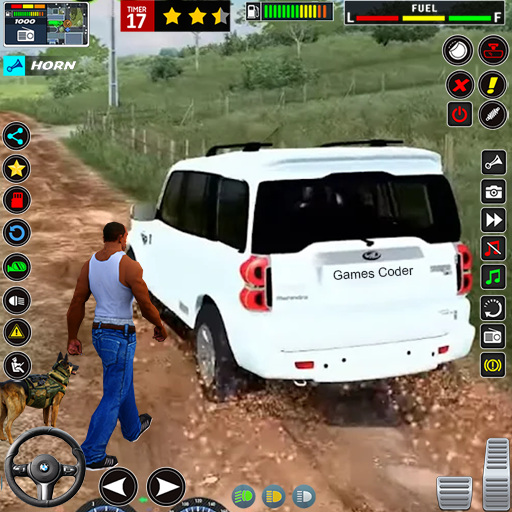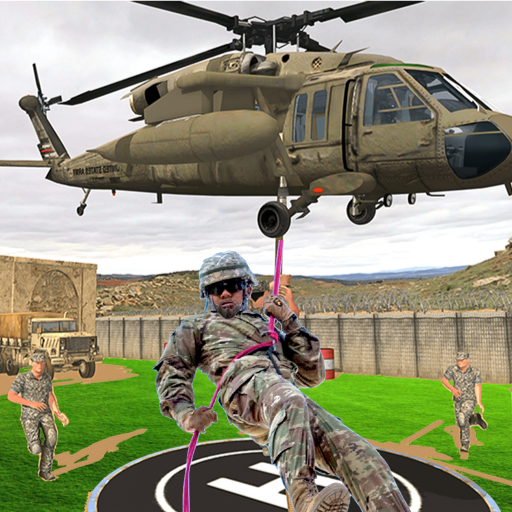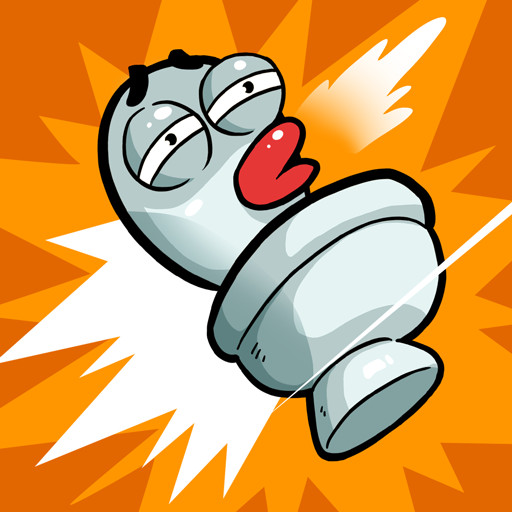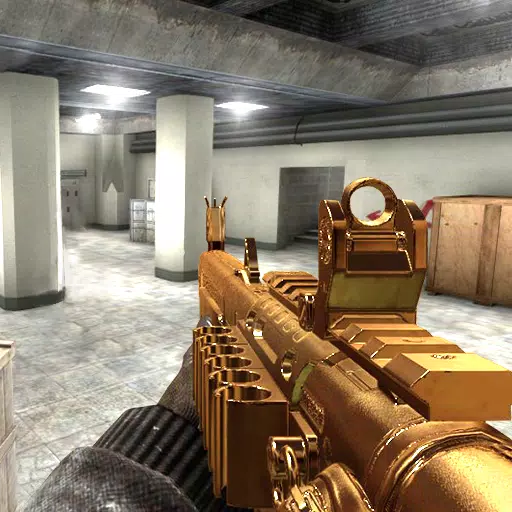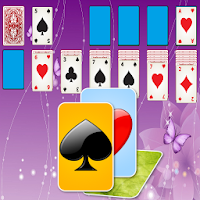Monster Hunter Weapons: A Historical Overview
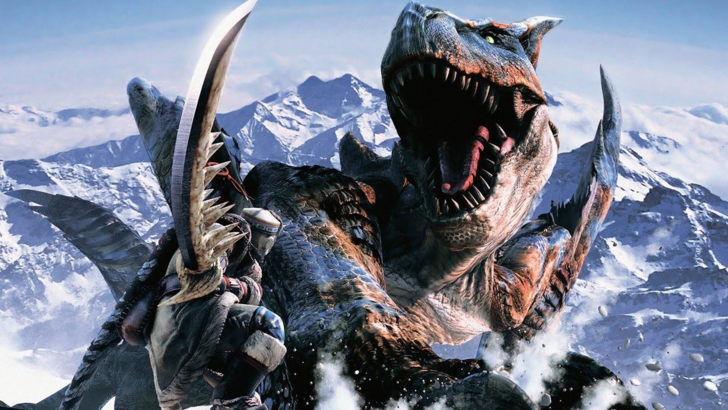
Monster Hunter is renowned for its diverse weapon types and engaging gameplay, but did you know that there are even more weapons from older games that haven’t made it into newer releases? Dive into the history of Monster Hunter weapons and discover more about their evolution.
← Return to Monster Hunter Wilds' main article
History of Weapon Types in Monster Hunter
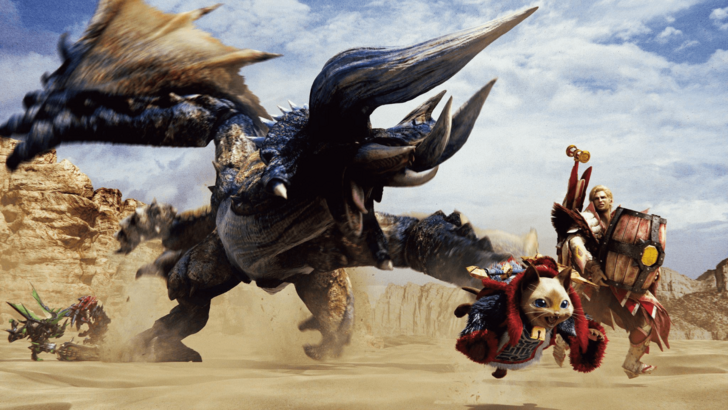
Monster Hunter, a franchise that spans over two decades since its debut in 2004, is celebrated for its wide array of weapon types. Monster Hunter Wilds offers fourteen distinct weapon types, each with unique strengths, weaknesses, movesets, and mechanics that players must master. The evolution of these weapons from their initial forms to their latest iterations showcases significant changes. Additionally, there are weapons from older games that were never released in the West, making a deep dive into their history particularly intriguing.
First Generation
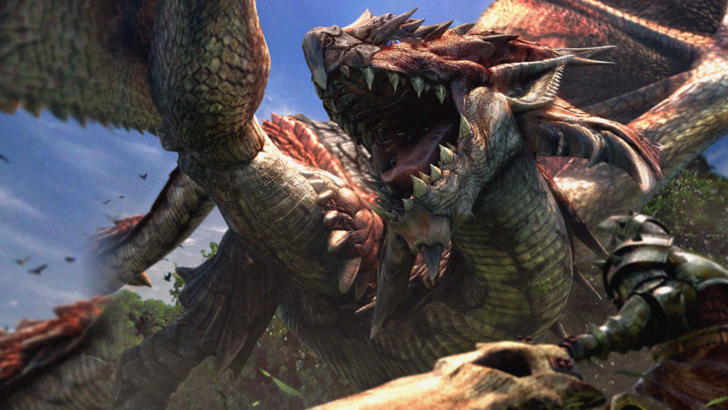
The first generation introduced weapons that have become staples of the series, evolving through different movesets and mechanics over time.
Great Sword

The Great Sword, iconic since the first game in 2004, is known for its high damage output but slow movement and attacks. Initially focused on hit-and-run tactics and proper spacing, the weapon gained the Charged Slash in Monster Hunter 2, revolutionizing its use with three charge levels. Subsequent games enhanced its combos and added features like the shoulder tackle in Monster Hunter World, allowing for more fluid and strategic gameplay. The Great Sword offers a low skill floor but a high skill ceiling, challenging players to maximize damage through precise timing.
Sword and Shield
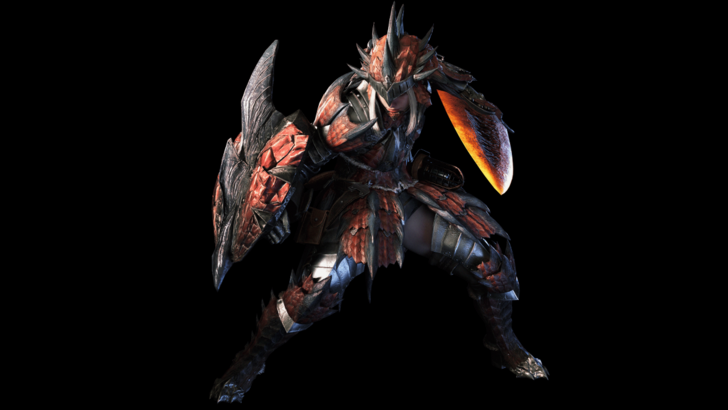
The Sword and Shield is celebrated for its versatility and balanced setup, offering quick combos, blocking capabilities, and good mobility. Initially simple, it evolved significantly with the addition of item usage without sheathing in Monster Hunter 2, and later with enhanced movesets like the shield bash combo, backstep, and jumping attacks in subsequent games. The Perfect Rush combo and aerial finishers in Monster Hunter World and Monster Hunter Rise further elevated its gameplay, making it a jack-of-all-trades weapon with depth beyond its surface simplicity.
Hammer
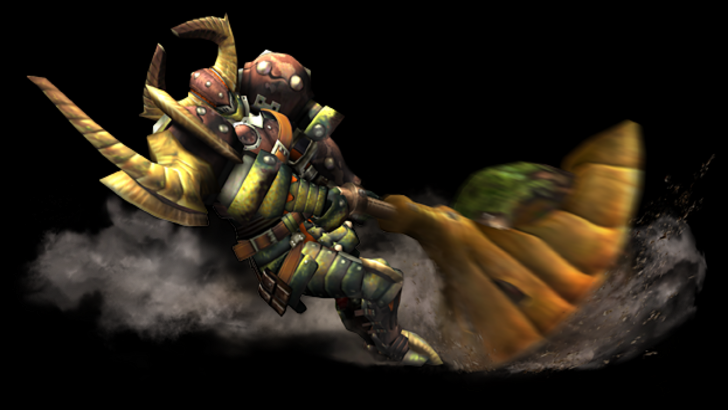
The Hammer, focusing on blunt damage and part breaking, became synonymous with knockouts after Monster Hunter 2. Its hit-and-run playstyle, surprising mobility, and unique charge mechanic set it apart from the Great Sword. Significant changes in Monster Hunter World and Monster Hunter Rise introduced powerful attacks like the Big Bang and Spinning Bludgeon, along with the Strength and Courage modes, adding depth and variety to its gameplay. Mastering the Hammer involves aiming for the monster's head to maximize stun potential.
Lance
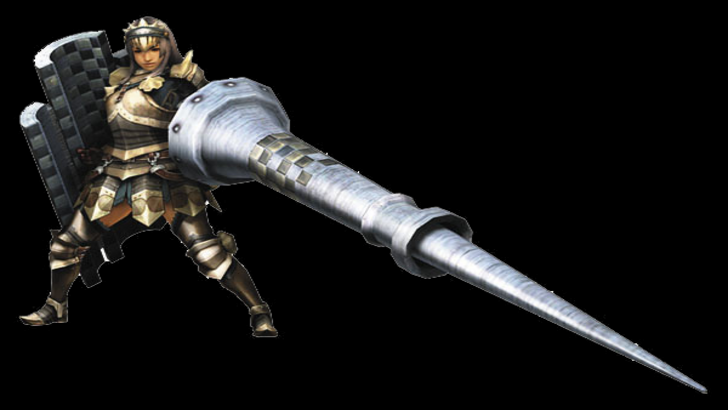
The Lance embodies the principle that a strong defense can be an excellent offense, offering long-range attacks and a large shield for blocking. Its playstyle, akin to an outboxer, focuses on poking from a safe distance while maintaining a strong guard. The addition of the Counter mechanic and new attacks like the running charge and shield bash reinforced its defensive identity. The Lance rewards players for standing their ground, turning them into formidable tanks.
Light Bowgun
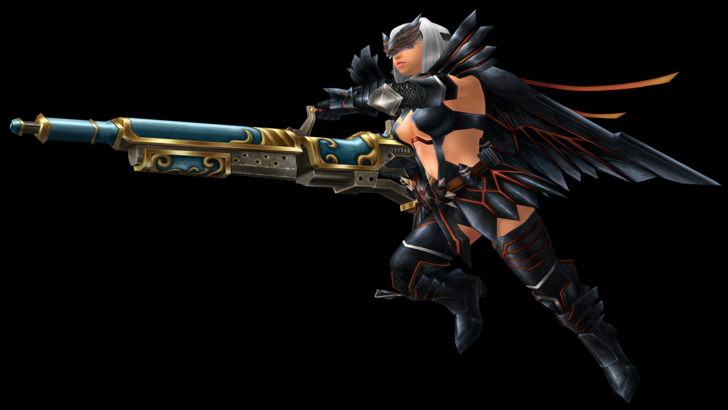
The Light Bowgun, a ranged weapon since the first generation, offers mobility and faster reload speeds, making it easier to handle than its heavier counterpart. Its customization options and the ability to Rapid Fire certain ammo types distinguish it. The introduction of Critical Distance in Monster Hunter 4 added depth to ranged gameplay, while Monster Hunter World's Wyvernblast mechanic and slide maneuver enhanced its run-and-gun style, setting it apart from other ranged weapons.
Heavy Bowgun
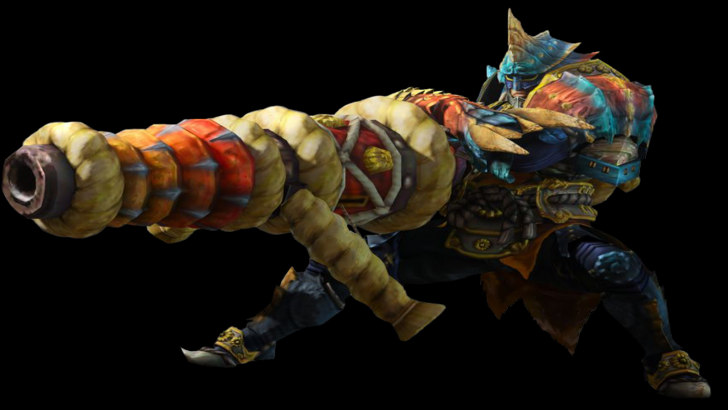
The Heavy Bowgun, introduced in the first generation, is known for its high damage and versatile ammunition options, though its size limits mobility. Its Siege Mode in Monster Hunter 3 and the special ammo types Wyvernheart and Wyvernsnipe in Monster Hunter World further defined its role as a powerful artillery weapon. Its gameplay involves careful preparation and ammunition management, emphasizing its role in delivering significant firepower.
Dual Blades

The Dual Blades, introduced in the Western release of the first game, focus on speed and fluid combos, making them ideal for inflicting status ailments and elemental damage. The Demon Mode, introduced early on, allows for increased damage and access to new attacks, though at the cost of stamina. The Demon Gauge and Archdemon Mode in later games transformed its gameplay, shifting the focus to maintaining the enhanced state. The weapon's Demon Dash and Adept Hunter Style added more offensive and evasive options.
Second Generation
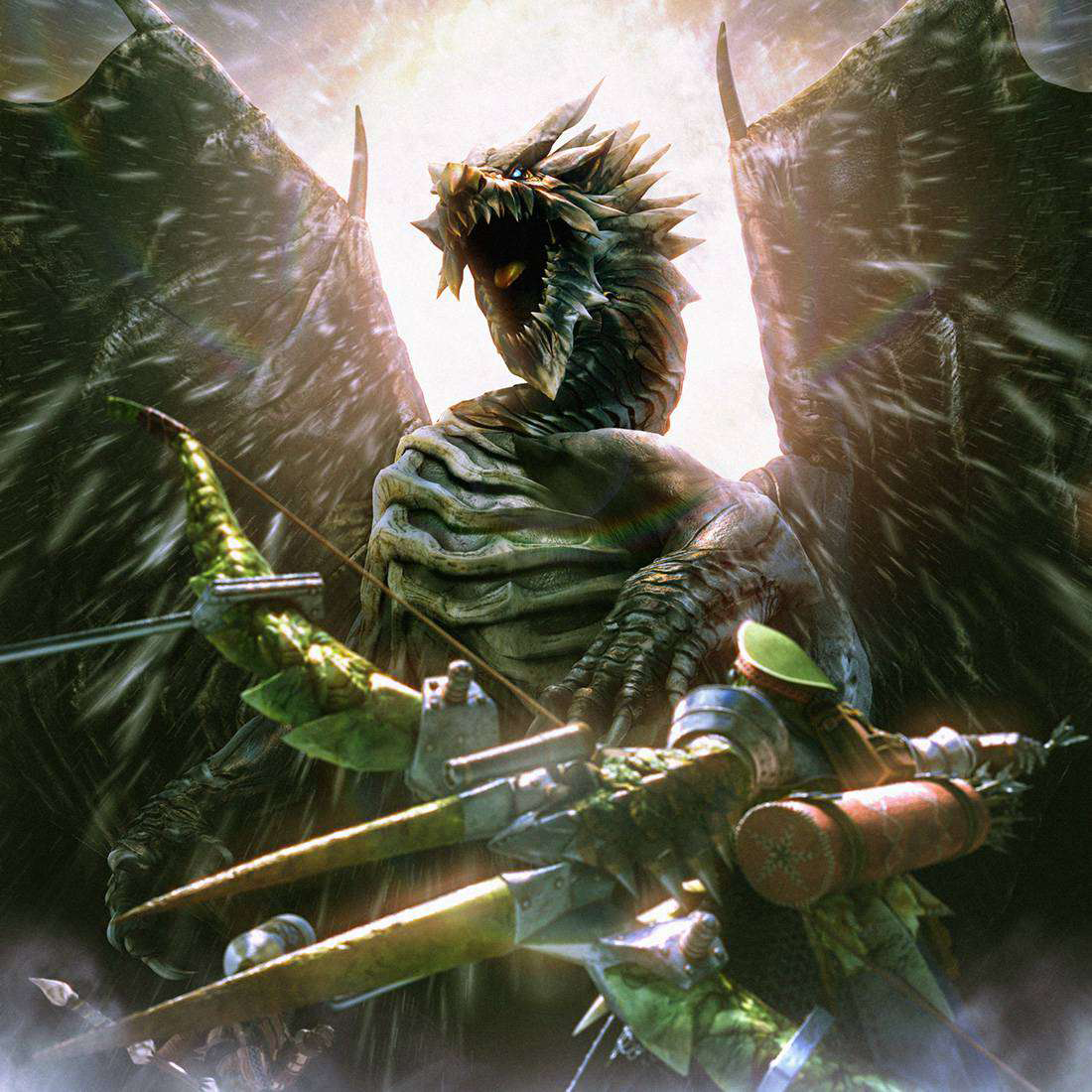
The second generation introduced weapons that, while similar to their predecessors, offered unique movesets and mechanics.
Long Sword
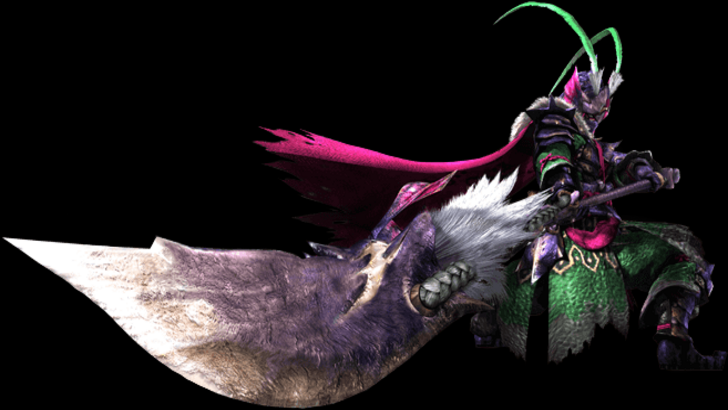
The Long Sword, introduced in Monster Hunter 2, is known for its fluid combos and high mobility. Its Spirit Gauge mechanic, filled by successful attacks, allows for the Spirit Combo and various finishers like the Spirit Roundslash in Monster Hunter 3. Monster Hunter World added the Foresight Slash and Spirit Thrust Helm Breaker, enhancing its fluidity and counter-based playstyle. The Iai Stance in Iceborne further refined its dynamic gameplay, emphasizing seamless transitions into its combos.
Hunting Horn
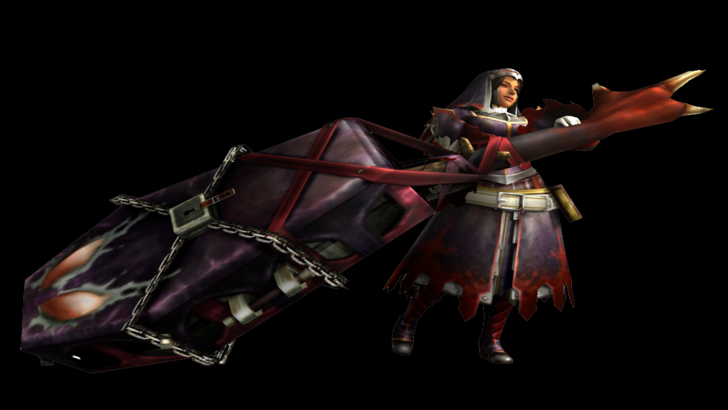
The Hunting Horn, introduced in Monster Hunter 2, is the series' support weapon, using Recital to play beneficial songs. Initially requiring specific note combinations, Monster Hunter 3 Ultimate allowed notes to be played during attacks, improving its fluidity. Monster Hunter World introduced song queuing and Echo Notes, while Monster Hunter Rise overhauled the weapon, simplifying song activation and enhancing its combat integration. This change, while divisive, made the weapon more accessible and balanced.
Gunlance
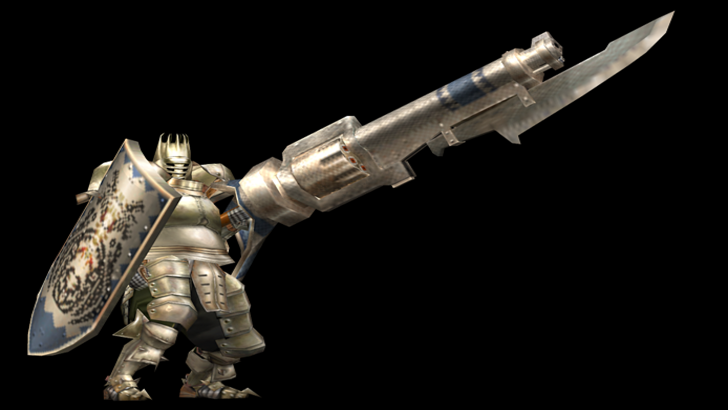
The Gunlance, introduced in the second generation, combines the Lance's defensive capabilities with explosive shells. Its Wyvern's Fire finisher and Shelling Abilities set it apart. Monster Hunter 3's quick reload and Full Burst attack reinforced its aggressive playstyle, while the Heat Gauge in Monster Hunter X added a new layer of strategy. Monster Hunter World's Wyrmstake Shot further enhanced its offensive potential, requiring a balance between shell usage and physical attacks.
Bow
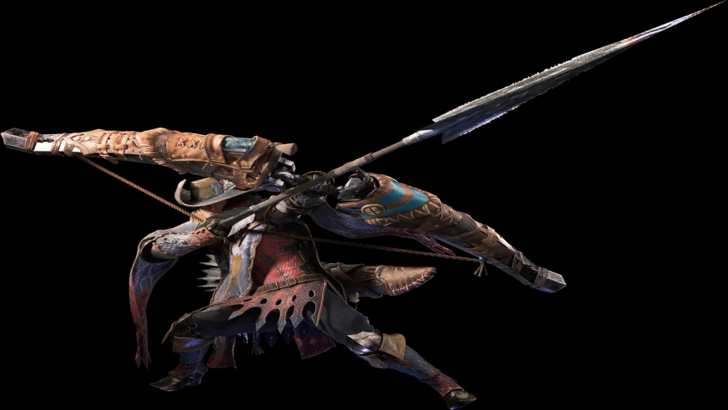
The Bow, introduced in Monster Hunter 2, is the most agile ranged weapon, focusing on close-to-mid-range combat and mobility. Its chargeable attacks and various Coatings allow for versatile damage and status effects. Monster Hunter World streamlined its moveset, integrating different Shot Types and introducing the infinite Close-Range Coating. Monster Hunter Rise reintroduced Shot Types tied to charge levels, enhancing its aggressive and combo-heavy playstyle.
Third and Fourth Generation
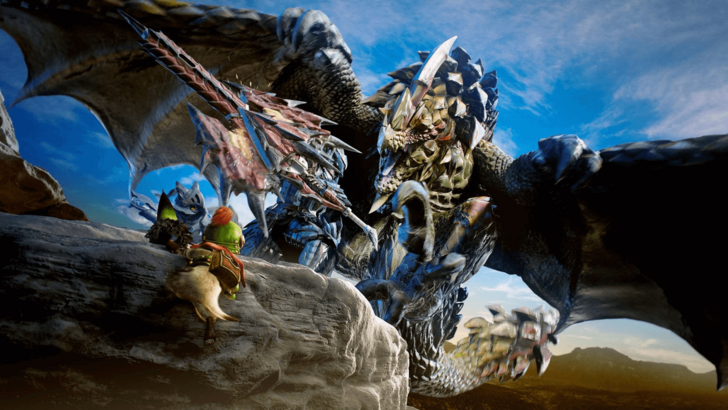
The third and fourth generations introduced innovative weapons, including the morphing Switch Axe and Insect Glaive, and the versatile Charge Blade.
Switch Axe
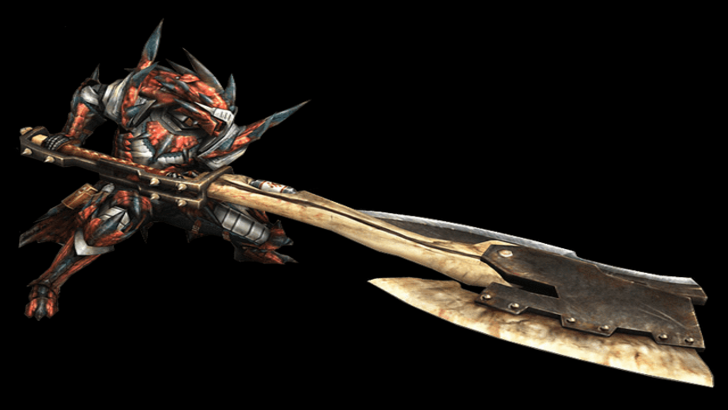
The Switch Axe, introduced in Monster Hunter 3, offers two modes: Axe Mode for mobility and range, and Sword Mode for increased damage and Elemental Discharge finishers. Its morphing capabilities were enhanced in Monster Hunter World with the Amped mechanic, and further in Monster Hunter Rise by extending the Amped state to both forms. The Switch Axe's unique gameplay adds depth and variety to combat.
Insect Glaive
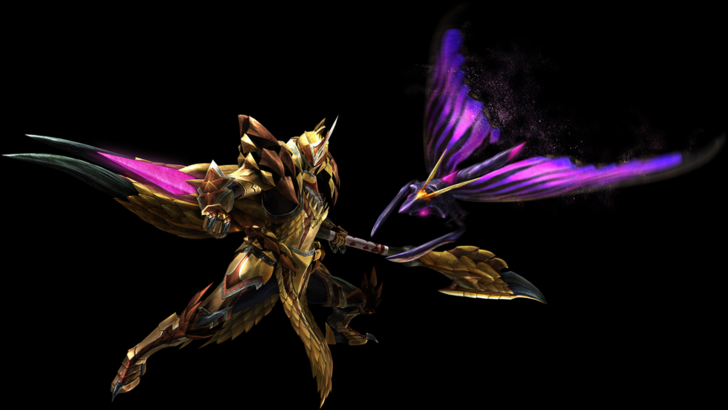
The Insect Glaive, introduced in Monster Hunter 4, specializes in aerial combat and is paired with a Kinsect that collects essences for buffs. The weapon's potential is unlocked by collecting red, white, and orange essences, enhancing attack, mobility, and defense. Monster Hunter World: Iceborne added the Descending Thrust finisher, while Monster Hunter Rise simplified Kinsect upgrades and introduced new types, making the weapon more accessible and dynamic.
Charge Blade
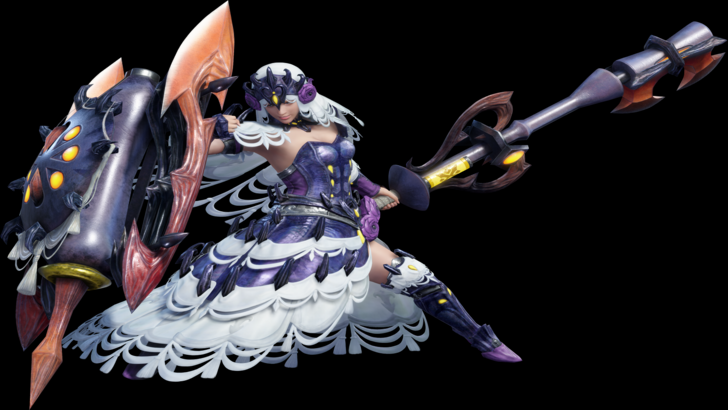
The Charge Blade, introduced in Monster Hunter 4, is a transforming weapon with Sword and Axe Modes. It charges phials in Sword Mode and uses them in Axe Mode for the Amped Elemental Discharge. Its complexity and versatility, combined with Guard Points, make it challenging yet rewarding. Mastering the Charge Blade requires understanding its transitions and monster behaviors to maximize its potential.
Will There Be More?
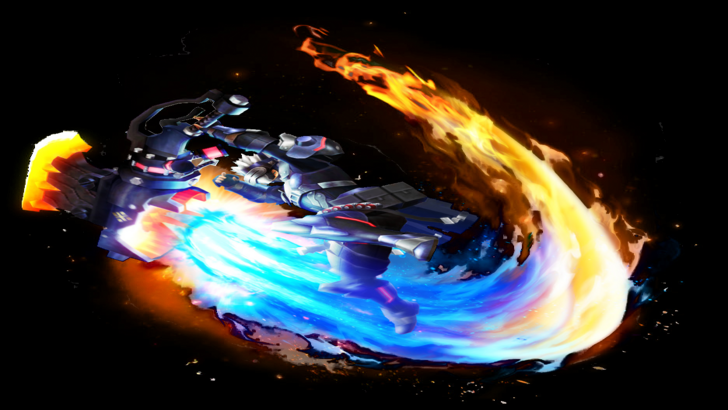
While Monster Hunter Wilds will feature the fourteen weapons listed earlier, there are more weapons from older games that haven’t been included in Western releases. Given the series' longevity, future games may introduce new weapons or reintroduce existing ones. As a fan, I hope for even more additions to enhance the game's already captivating gameplay, even if I tend to stick with the Sword and Shield despite promising myself to try new weapons with each release.
You may also like...

-
1
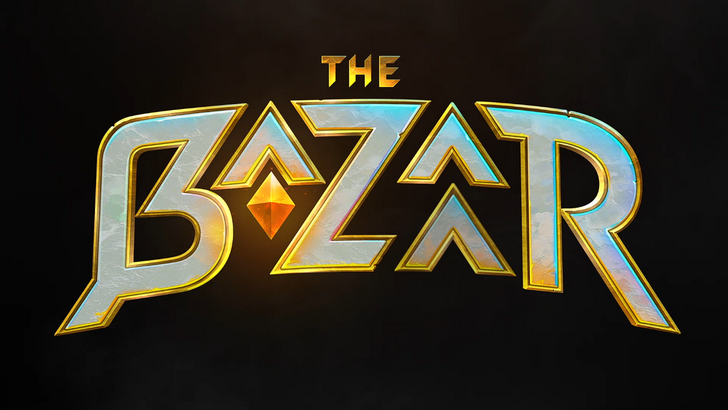
Announcing the Bazaar Release: Date and Time Unveiled
Feb 02,2025
-
2

Marvel Rivals Update: News and Features
Feb 19,2025
-
3

GTA 6 Release: Fall 2025 Confirmed
Feb 23,2025
-
4

Vampire Survivors – Arcana Card System Guide and Tips
Feb 26,2025
-
5

Novel Rogue Decks Android Debut
Feb 25,2025
-
6

DC Heroes Unite: New Series from Silent Hill: Ascension Creators
Dec 18,2024
-
7
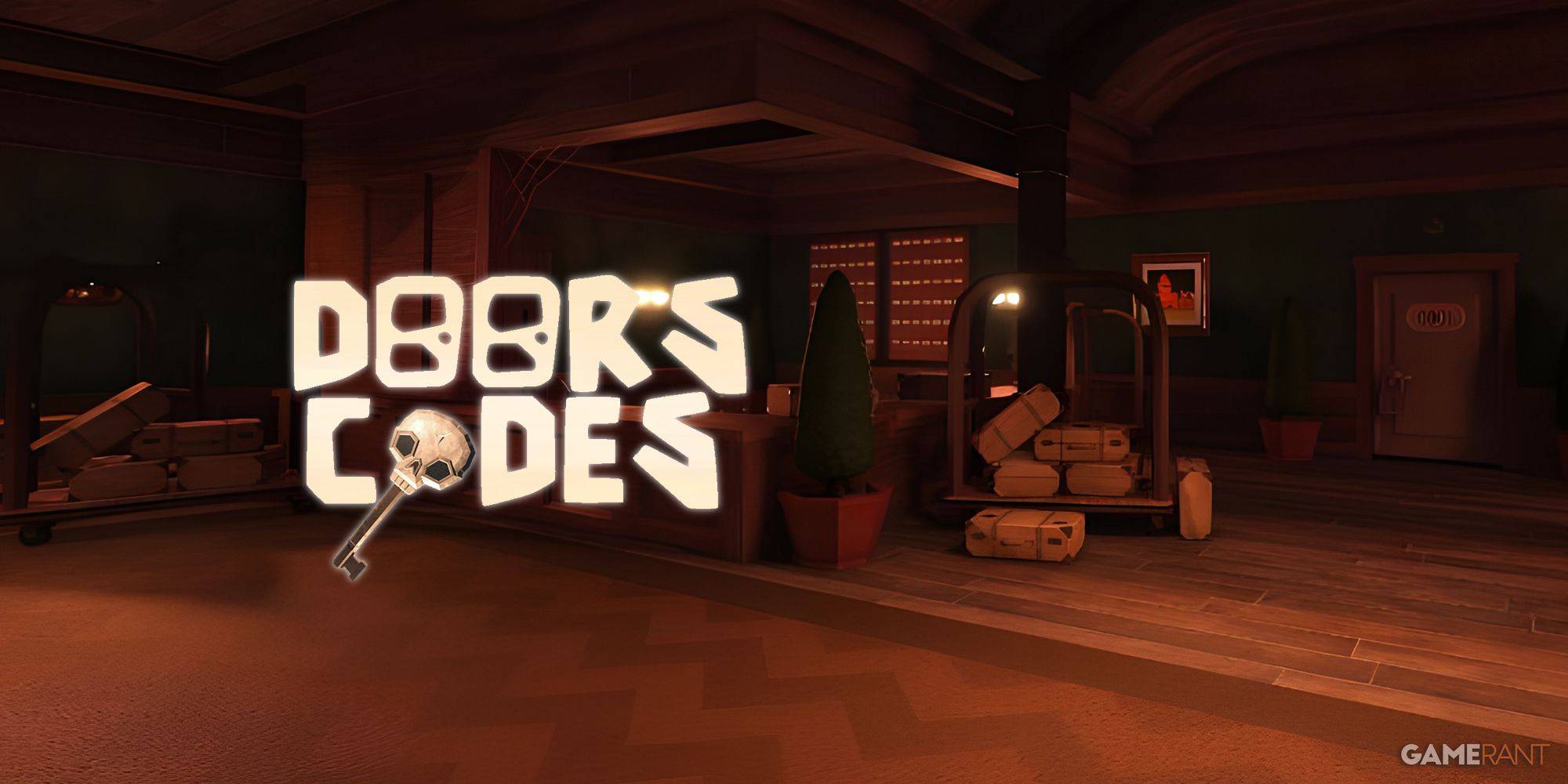
Get Exclusive Roblox DOORS Codes for January 2025
Feb 10,2025
-
8

Marvel Rivals Unveils Season 1 Release Date
Feb 02,2025
-
9

WWE 2K25: Long-Awaited Return
Feb 23,2025
-
10
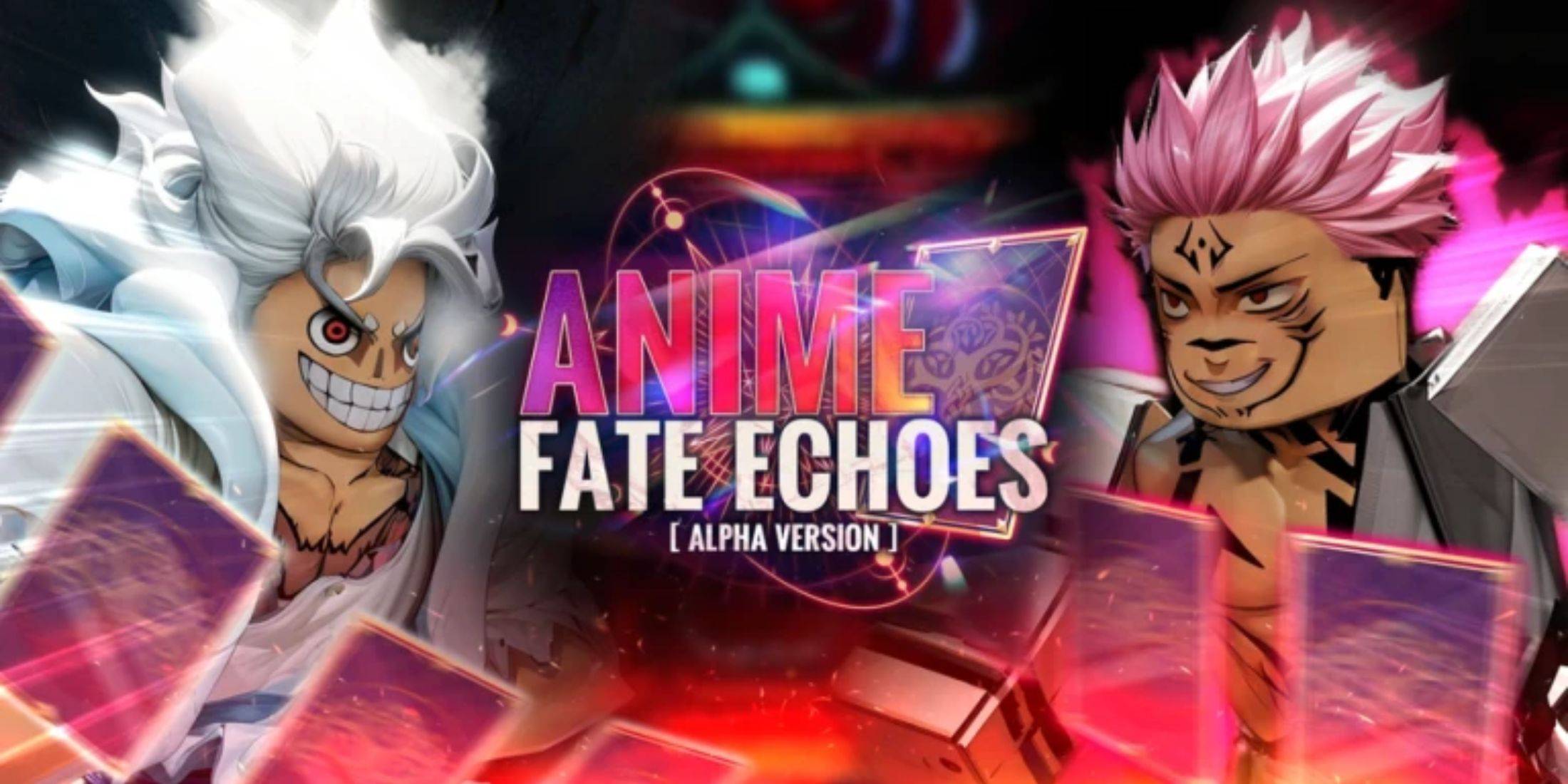
Anime Fate Echoes: Get the Latest Roblox Codes for January 2025
Jan 20,2025
-
Download
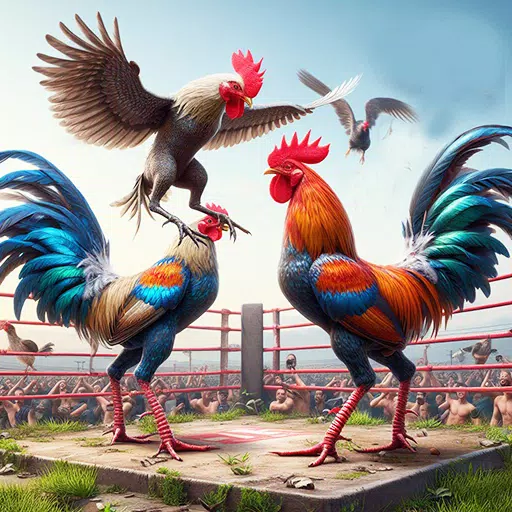
Street Rooster Fight Kung Fu
Action / 65.4 MB
Update: Feb 14,2025
-
Download

Ben 10 A day with Gwen
Casual / 47.41M
Update: Dec 24,2024
-
Download

A Simple Life with My Unobtrusive Sister
Casual / 392.30M
Update: Dec 10,2024
-
4
Mega Jackpot
-
5
Day by Day
-
6
The Lewd Knight
-
7
Translate - Voice Translator
-
8
VPN Qatar - Get Qatar IP
-
9
Chewy - Where Pet Lovers Shop
-
10
Kame Paradise



